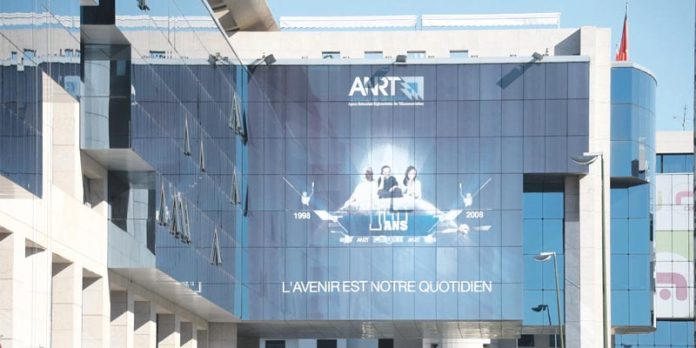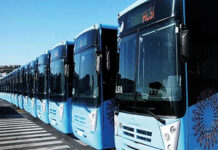The revenue of the National Telecommunications Regulatory Agency (ANRT) is expected to reach 753.5 million dirhams (MDH) in 2025, according to the report on public institutions and enterprises (EEP) accompanying the draft finance bill for next year.
This revenue is forecasted to grow to 808.5 MDH in 2026 and further rise to 820.7 MDH in 2027, as outlined in the report published by the Ministry of Economy and Finance. During the first half of 2024, ANRT’s revenue amounted to 450.76 MDH, with a net profit of 105 MDH. Full-year projections for these figures are 688.5 MDH in revenue and 130 MDH in net profit.
The report also provides an update on the progress of key elements within the agency’s action plan, which is part of the broader strategic framework for the telecommunications sector. It notes that the first phase of the National Broadband Plan (PNHD-1), aimed at covering 10,420 localities, is 97% complete. The second phase (PNHD-2), which targets extending 4G coverage to 1,800 additional localities by 2026, is already underway.
In terms of fiber-optic internet, ANRT has advanced discussions with operators to accelerate the deployment of Fiber to the Home (FTTH) infrastructure. The goal is to connect 4.4 million households to ultra-high-speed internet (at least 100 Mbps) by the end of 2026.
Regarding international connectivity, Morocco’s fiber-optic capacity has seen a dramatic increase, reaching 9,760 Gbps in 2023, compared to just 2,170 Gbps in 2018 and 495 Gbps in 2013.
The report also highlights that, over the past three years, telecom operators in Morocco have invested 22% of their revenues into infrastructure, far exceeding global and European averages. This trend is expected to continue, further intensifying under the “Morocco Digital 2030” strategy. ANRT is closely monitoring the progress of this action plan and regularly publishes detailed reports on the quality of voice and data services.
In preparation for the 2030 FIFA World Cup and in line with Morocco’s 2030 telecommunications strategy, the 5G coverage project has been launched. The objective is to provide 5G coverage to 25% of the population by 2026, expanding to 70% by 2030, with 100% coverage in all cities hosting World Cup events.





